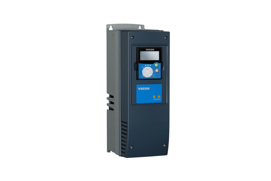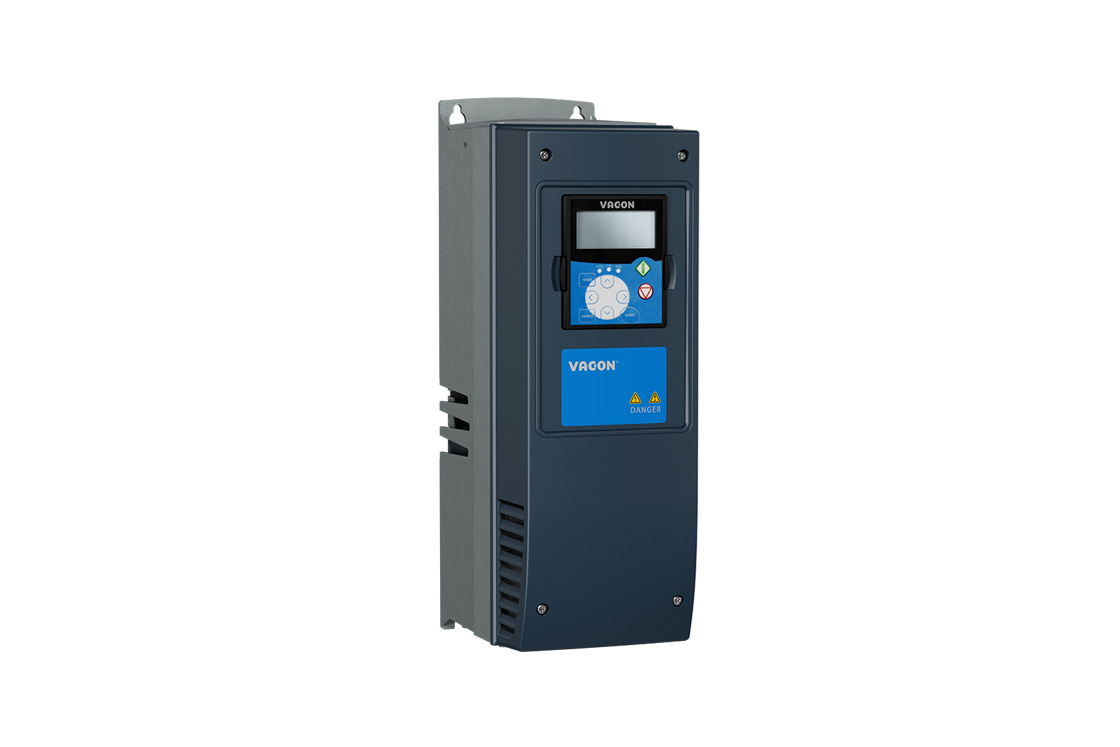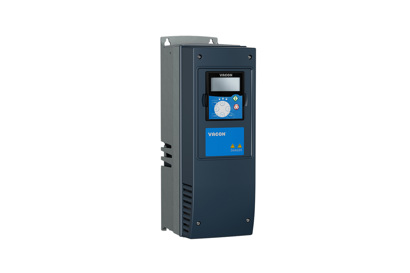The treatment of Waste Water is an essential part of ensuring our lakes and rivers remain clean and clear for future generations. That treatment is daily becoming a greater task as our population increases, creating higher volumes of waste water even as products such as low flow toilets and other water saving products become available.
In order to ensure that waste water doesn’t find its way directly into our rivers and lakes our treatment facilities need to remain up-to-date with modern, reliable equipment. The Annacis Island Waste Water Treatment Plant (AIWWTP) in British Columbia recently underwent substantial upgrades to ensure it stays online and is fully prepared to continue 24/7 operations for years to come.
The AIWWTP is the second largest treatment plant in Canada and has one of the highest levels of process treatment automation in the industry. The current upgrades, which were undertaken by 3 Phase Power Systems Inc. and Danfoss focused on replacing 7 Ansaldo Ross Hill Variable Frequency Drives (Three 1200 hp units for Influent Pumping Station (IPS), and four 684 hp units for Trickling Filter Pumps).
The current Variable Frequency Drives (VFD’s), transformers and motors have been in service since 1997 without any major failure; the upgrade is designed to ensure a minimum of 15 additional years without failure. Further, as the existing drives and transformers were provided by Ansaldo Ross Hill the ability to service and find parts is becoming difficult, particularly as they are reaching the end of their service life.
The upgrade not only focused on replacing the outdated equipment but re-servicing other vital components such as motor and cables to ensure that they would also continue to meet the daily operating certificate (OC).
The three IPS replacements were Danfoss VACON® NXP 18-pulse VFD’s with Sinusoidal filters, 600V motors and were 1200 hp and 3-phase. The four trickling filter replacements were Danfoss VACON®
NXP 12-pulse VFD’s with Sinusoidal filters, 600V motor and were 684 hp and 3-phase. The main considerations before beginning the replacements were:
- Deliverables (Operation and Maintenance manuals)
- Stop Backspin of IPS pump/motor (Detect and stop backspin and start forward within 10s)
- Harmonics
- Sinusoidal Filter (Filters to meet general purpose motor criteria per NEMA MG1 part 30)
- CDAC Control and Monitoring (Hard wired I/O for control and monitoring via Modbus)
- Factory Acceptance Testing (FAT) (Full load dynamometer testing of 1 VFD unit per application)
- Construction, Training, Storage
- Schedule
Further the project called for 97% efficiency, a goal that was exceeded upon completion with 98% efficiency. This was achieved through close examination of the Electrical design requirements and challenges in advance of the project. The requirements included:
- Input voltage 660 VAC, 60Hz
- 12 and 18 pulse inputs
- Power line interruptions of 50% voltage sag for 5 cycles
- Guaranteed efficiency (97%)
- Maintain existing foot print and cable entry locations
- 115% continuous current (motor) 135% current for 1 minute
- Sine wave output filter
- Ability to run at a reduced capacity in the event of modular failure
- No load tests at factory
- Full load test on dynamometer for one of each size
- No drive failures for 15 years
The project began in 2016 with manufacturing and testing and in late 2016 and into 2017 the units were replaced, one at a time, as operating conditions permitted. The project took roughly two years with the majority of the work being done during the dry season (July-August).
Pre-testing the VFD’s was critical to the municipality. The units must meet stringent performance and efficiency levels laid out in the original RFQ and stated above. Full load tests were completed at the Danfoss Factory in Loves park, IL. The first VFD to be employed was for the 1200 hp Influent Pump. It was wheeled carefully into the test chamber where it was wired to the service motor and controls. The chamber was closed and sealed during the tests to determine heat rejection, noise levels, and vibration.
The tests not only proved the performance criteria, but also demonstrated an efficiency level that impressed the municipality engineers. This was truly a drive they could say saves energy while meeting all performance dynamics.
-
if (isSmallPicture) {


 VACON® NXP Air Cooled
VACON® NXP Air CooledDesigned for a broad range of demanding applications, focusing on higher power sizes and system drives.



